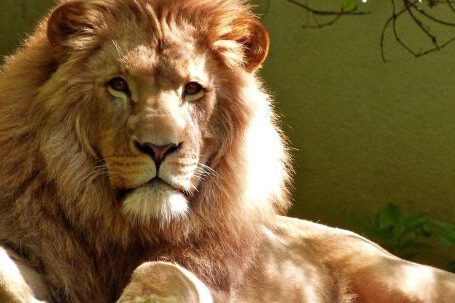Animal migration is a fascinating phenomenon that has captivated scientists and nature enthusiasts for centuries. From the majestic wildebeest herds in Africa to the delicate Monarch butterflies in North America, the world is filled with incredible examples of animals traveling vast distances in search of food, mates, or better living conditions. In this article, we will explore the wonders of animal migration patterns and delve into the reasons behind this remarkable behavior.
The Power of Instinct
One of the most intriguing aspects of animal migration is the instinctual nature of the phenomenon. Without any prior experience or guidance, certain species are born with an innate ability to navigate across vast distances with remarkable accuracy. How do they do it? Scientists believe that animals rely on a combination of internal compasses, celestial cues, and even the Earth’s magnetic field to guide their journeys. This reliance on instinct alone is truly awe-inspiring.
Seasonal Changes and Food Availability
Migration patterns are often closely tied to the changing seasons and the availability of food sources. For many species, the harsh winters or dry seasons make their current habitats inhospitable, leading them to undertake long and arduous journeys in search of better conditions. Birds, for example, are known for their incredible migratory feats, with some species traveling thousands of miles to take advantage of seasonal food abundance. This ability to anticipate and adapt to changing environments showcases the remarkable resilience of these animals.
Reproduction and Mating Rituals
Another driving force behind animal migration is the need to find suitable mates and breeding grounds. For certain species, the search for a partner is so important that it necessitates long-distance travel. Take the iconic sea turtles, for instance. Every year, female sea turtles embark on an extraordinary journey to the very same beach where they were born to lay their eggs. This behavior ensures the survival of their species and illustrates the incredible lengths animals will go to reproduce.
Impressive Physical Feats
Animal migration often involves breathtaking physical feats that defy our expectations. From swimming across vast oceans to soaring through the skies for days on end, animals push their bodies to the limits in order to complete their journeys. The Arctic tern, for example, holds the record for the longest migration route of any animal, traveling an astonishing 44,000 miles round trip between its breeding grounds in the Arctic and its wintering grounds in Antarctica. Such incredible endurance and resilience are a testament to the wonders of the natural world.
Conservation and Threats
While animal migration is a marvel to behold, it is also a fragile phenomenon that is increasingly threatened by human activities. Habitat destruction, climate change, and pollution all pose significant challenges to these migratory species. Understanding and protecting their migration routes is crucial for their survival and the health of our ecosystems. Conservation efforts, such as establishing protected areas and implementing sustainable practices, are essential in ensuring the continuation of these awe-inspiring migration patterns for future generations to appreciate.
In Conclusion
Animal migration patterns are a testament to the power of nature and the incredible adaptability of living organisms. From the reliance on instinct to the physical challenges faced along the way, the wonders of animal migration captivate our imagination and remind us of the interconnectedness of all life on Earth. As we continue to explore and study these remarkable journeys, it is our responsibility to protect and preserve them, allowing future generations to witness the awe-inspiring wonders of animal migration.





